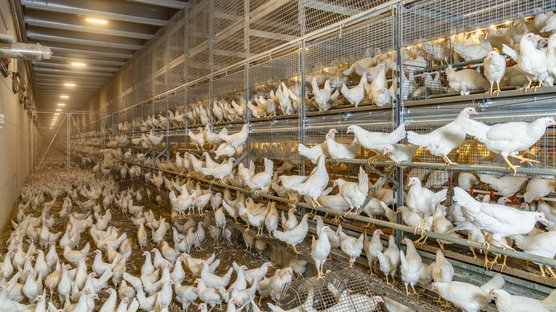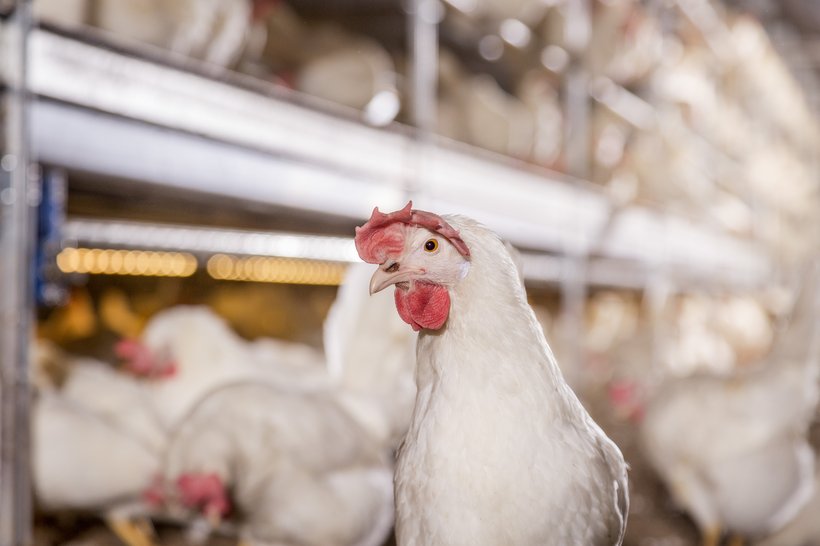
Published on April 7, 2021
Changing poultry housing systems, having the right breed for the right system
Housing systems of laying hens have changed significantly in the last decades. In Europe, Oceania and the Northern America’s, a steady increase has been shown in keeping laying hens in cage-free housing systems, but also initiatives are popping up in Latin America and Southeast Asia. When looking on a global perspective, then it must be noted that traditional battery cages are still the main system used to house laying hens. Aviaries, free-range, and organic poultry housing systems are still considered as a niche sector.
Keeping laying hens in cage-free housing systems requires different poultry management skills from the egg producer, but also different requirements of the laying hens themselves. As a breeding company we work on the development of both. Through close collaboration with poultry housing equipment manufacturers, egg producers, poultry behavior scientists and research institutes and through in-house research we try to better understand the needs of the chicken and the egg producer in these cage-free housing systems. Productivity traits are still important, but behavior traits have become additional requirements for non-cage systems. The breeding programs have been adapted to these new requirements and todays breeding goals have become more balanced. Animal welfare traits have been included, and still new traits are being introduced (nesting behavior, range behavior).
In general cage-free housing systems require a laying hen that is robust (healthy and showing good livability), docile (easy to handle), social (towards her group mates) and economical (delivering money to the egg producer).
The robust laying hen
In cage-free housing systems (barn, aviary, free-range) laying hens are not completely separated from their droppings as they are in direct contact with the litter and / or soil. It is known that cage-free laying hens are more exposed to diseases as parasitic and bacterial infections have a higher prevalence in cage-free housing systems, resulting in higher mortality compared to cage systems. Besides implementing a strict and well-designed biosecurity plan, it is important to make the right breed choice; birds that can grow and develop well during the rearing period, can deal with the stress of vaccinations and develop a good crop resulting in sufficient feed intake at the onset of lay. These laying hens tend to cope better with external stressors without lowering their productivity as a response to protect themselves, i.e. they have some reserves.
The docile Laying hen
As the shift from cage to cage-free egg production requires much different poultry management skills it is important to most egg producers to have docile chicken breeds, i.e. laying hens that are easy to handle and easy to manage. It is important that the laying hens know to navigate and find their way in complex housing systems like aviaries, i.e. they should be able to find the nests, locate the feeders and drinkers and to move up on the system when the night falls. Especially finding the nests is essential to reduce the amount of floor and system eggs as much as possible, as in most cage-free housing systems it is labor intensive to collect floor and system eggs, and they have a lower economical value (dirty eggs being rejected as they cannot be classified as grade AA, A or B eggs). The amount of floor eggs can be reduced if the birds go up in the system to sleep at night. In the early morning, when the lights go on and most of the hens need to produce their eggs they are already in the system, from which they can easily find their way to the nests. It is therefor crucial to train the birds to jump on the systems at night already in the rearing period and focus on the pullets moving up the system after housing them in the production barn.
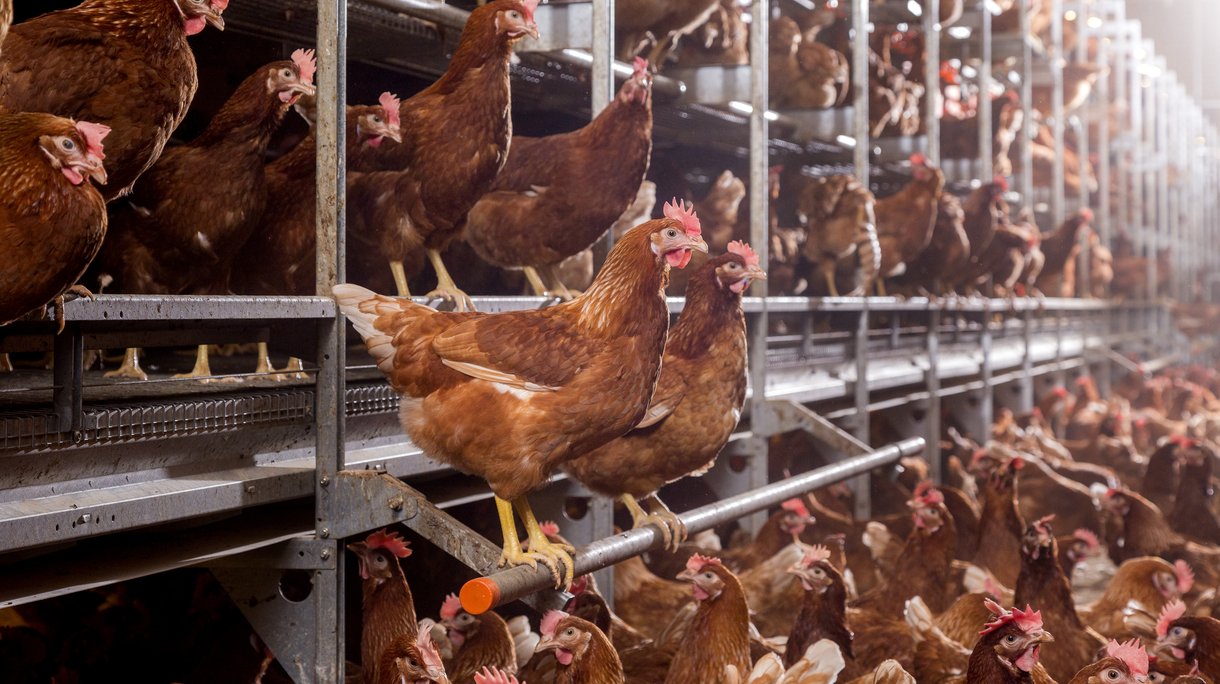
The social laying hen
One of the main challenges in the cage-free egg industry is the behavior of the birds, where in traditional cage house systems, group sizes are generally small, they can easily go up to thousands of laying hens per compartment in cage free housing. Unwanted behavior, like feather pecking and cannibalism can therefore have much wider impact in cage-free housing systems as it can result in overall higher mortalities. The loss of feathers can negatively impact the feed efficiency of the laying hens as they tend to increase their feed intake to compensate for the higher loss of heat. As a breeding company we select against these undesired behavioral traits of laying hens, as a result the general livability does not only improve in flocks kept in cage-free housing systems but is also improved in flocks kept in cage house systems. In the breeding program attention is given on traits like nervousness and hysteria, behavior that is unwanted in both cage and cage-free housing systems. It becomes clear that investing in a smooth rearing period (getting the birds accustomed to people, barn sounds, sudden events) will benefit the behavior of the birds when in production. It is crucial that the birds do not become too social towards each other, scientific research is still ongoing to investigate why certain negative behaviors, like smothering and piling, occur. Clear differences in this behavior are seen between white and brown breeds, in the favor of the whites. Also, time of the year seems to play a role, with higher incidence during autumn/early winter.
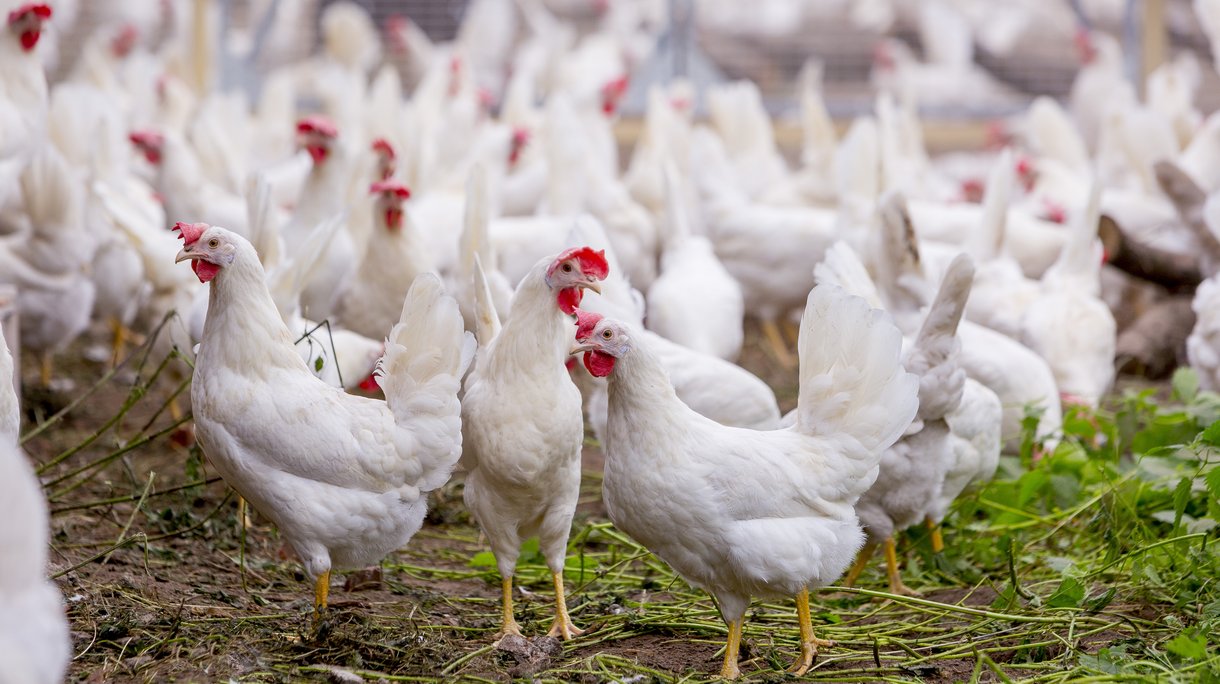
The economical Laying hen
For many years the performance of laying hens in free-range and organic systems was lagging behind the performance of laying hens in cage and barn systems with regard to number of eggs per hen housed, livability and feed conversion ratio (FCR). But as time passes by, and more and more experience and knowledge has been gathered on cage-free management, we clearly see in the field that the gap in productivity is closing. There are clear recent examples of free-range and organic egg producers that have been able to get the full genetic potential out of their flocks, reaching 500 eggs or more per hen housed at the age of 100 weeks. What is their secret? Besides the right choice of breed, also the right focus for the birds, that already starts with the rearing and growing circumstances of the chicks.
Cage-free laying hens tend to have a higher appetite and thus a less favorable FCR, as they have increased energy requirements due to their higher activity levels. In markets where there is a good balance between supply and demand this higher cost of egg production is compensated by the higher egg prices that egg producers receive for cage-free eggs. It should be noted that cage-free eggs have a larger ecological footprint compared to cage-eggs.
To conclude
Different housing systems have different needs and requirements concerning the laying hens kept in these systems. Certain traits can be selected and bred for by poultry breeding companies, but others should be trained and managed by the pullet rearer and egg producer. Investing in the rearing period is essential to develop a good quality pullet that can perform well in a cage-free housing system. The rearing period is essential to train the birds how to navigate through and make use of the more complex cage-free housing systems and how the birds will respond to certain events. The rearing period should be seen an investment, instead of a cost. The extra investment during the rearing period will pay itself back during the productive life as these flocks tend to be more productive and showing lower mortality rates. Both cage, and cage-free egg producers benefit from the extra added cage-free traits to the breeding program as the chickens kept in cages also benefit from the breeding and selection efforts targeted on cage-free traits. Robust laying hens, that show positive social behavior, have in general better livability. Improved feather cover will directly result in lower FCR and higher value for spent hens in specific live spent hen markets.
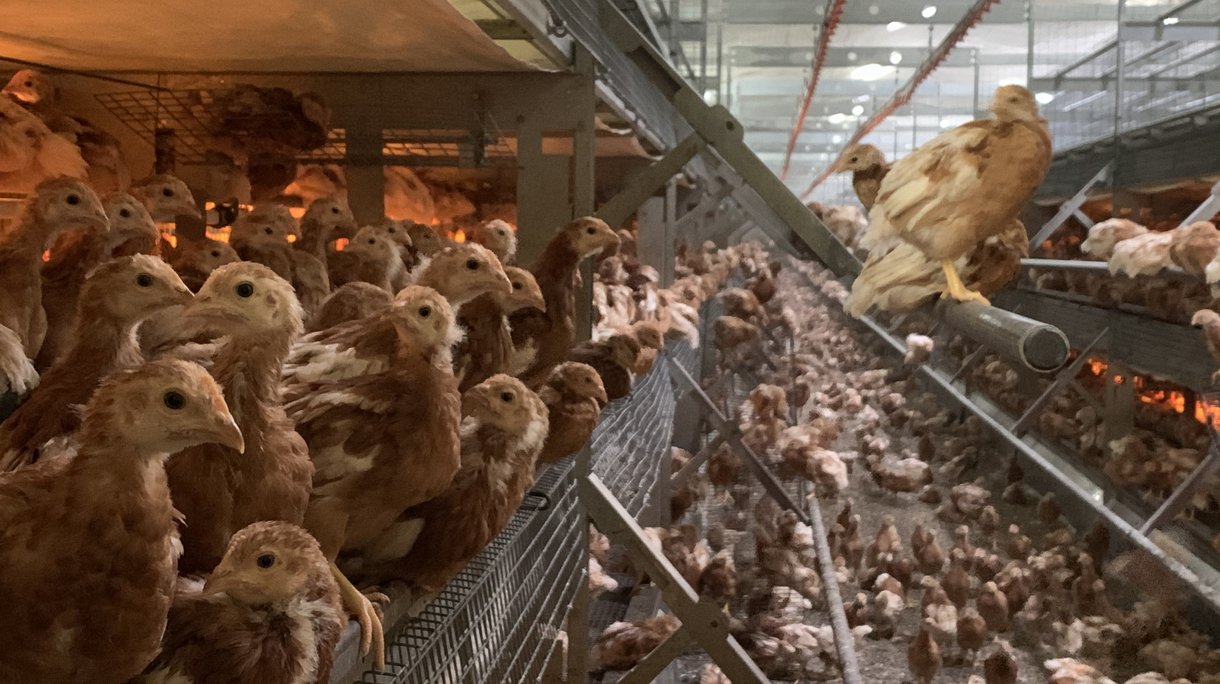
The rearing period is essential to train and prepare the birds for the production period.

